
In the Paraguayan War, the Battle of Yatay was fought on August 17, 1865, between the troops of the Triple Alliance and the soldiers of Paraguay near Paso de los Libres, Corrientes, Argentina.
The Battle of Cepeda of 1820 took place on February 1 in Cañada de Cepeda, Buenos Aires Province, Argentina. The conflict was the first major battle that saw Unitarians and Federals as two constituted sides. It ended with the defeat of the national government.
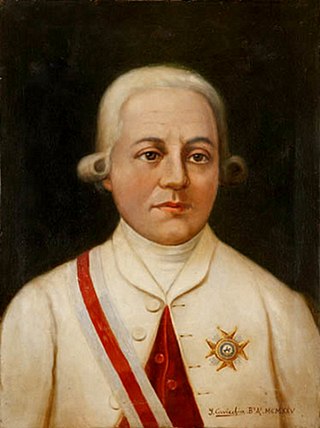
Don Rafael de Sobremonte y Núñez del Castillo, 3rd Marquis of Sobremonte, third Marquis of Sobremonte, was an aristocrat, military man and Spanish colonial administrator, and Viceroy of the Río de la Plata. He was accused of cowardice by the people of Buenos Aires after escaping the city during the British invasions of the Río de la Plata in 1806.
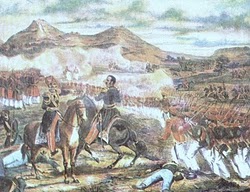
The Battle of Famaillá, was a Federal Party victory, under the command of former Uruguayan president Manuel Oribe, over the army of the Unitarian Party under general Juan Lavalle, during the Argentine Civil War.
The Cañuelas Pact was an agreement signed on 24 June 1829 between generals Juan Lavalle and Juan Manuel de Rosas, with the aim of ending the civil war in Buenos Aires Province, Argentina, which had been going on since the revolution of December 1828.

The 601 Commando Company is a special operations unit of the Argentine Army.
The Freemen of the South were belligerents in an 1839 rebellion in south Buenos Aires province, Argentina against Federalist Governor Juan Manuel de Rosas. A mixture of disgruntled ranchers and Unitarian revolutionaries, the Freemen briefly took control of Dolores, Chascomús and Tandil, and expected to join forces with General Juan Lavalle, who was to lead an army from Uruguay. The rebellion was ultimately defeated at the Battle of Chascomús, and Rosas remained in power in Buenos Aires.

The Desert Campaign (1833–1834) was a military campaign in Argentina led by Juan Manuel de Rosas against the indigenous people of the southern Pampas and northern Patagonia. The campaign was later followed by the Conquest of the Desert, which took place in the 1870s and 1880s.
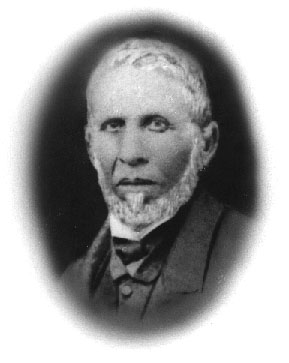
José Santiago Albarracín 1 was an Argentine soldier who fought on the Unitarian side in many engagements in the Argentine Civil Wars, especially in the struggles against Chacho Peñaloza.
Tomás Brizuela was a soldier and caudillo in Argentina. He was a lieutenant of Facundo Quiroga in his home province of La Rioja, and governor of La Rioja between 1836 and 1841, Brizuela died fighting against the dictatorship of Juan Manuel de Rosas.
The Battle of Rodeo del Medio, fought in Mendoza Province, Argentina on 24 September 1841, was a battle between the Federalist army of Ángel Pacheco and the Unitarian army of Gregorio Aráoz de Lamadrid during the Argentine Civil Wars. The consequences of the Federalist victory would last for a decade.
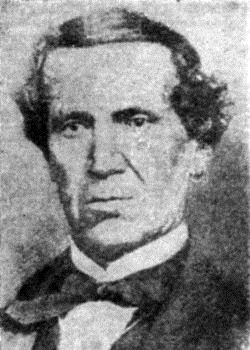
Manuel José Gómez Rufino was an Argentine politician who was governor of San Juan Province, Argentina between 1857 and 1858 and again between 1873 and 1874.

The Campaign of the Hills was the last campaign of the Paraguayan War, lasting from July 1869 to the end of the war on March 1, 1870. The Paraguayans were completely defeated by the Allies. Brazilian writer Alfredo d'Escragnolle Taunay, Viscount of Taunay took part in the campaign and later wrote about it. At least 5,000 Paraguayans were killed during this campaign.
The Revolution of 11 September 1852 was a conflict between the Province of Buenos Aires and the government of Justo José de Urquiza after the latter triumphed over Juan Manuel de Rosas at the Battle of Caseros.

José Félix Murature was a commodore of the Argentine Navy and a painter of Italian origin who served in several conflits including the Argentine Civil Wars, the Cisplatine War and the Paraguayan War.
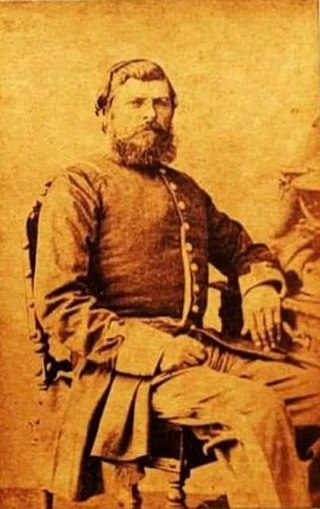
Antonio de la Cruz Estigarribia was a Paraguayan Lieutenant colonel who was notable for his service in the Paraguayan War. He served as one of the main Paraguayan commanders during the Invasion of Rio Grande do Sul, organizing the Battle of São Borja and the Siege of Uruguaiana before his surrender.

The Corrientes campaign or the Paraguayan invasion of Corrientes was the second campaign of the Paraguayan War. Paraguayan forces occupied the Argentinian city of Corrientes and other towns in Corrientes province. The campaign occurred at the same time as the Siege of Uruguaiana.
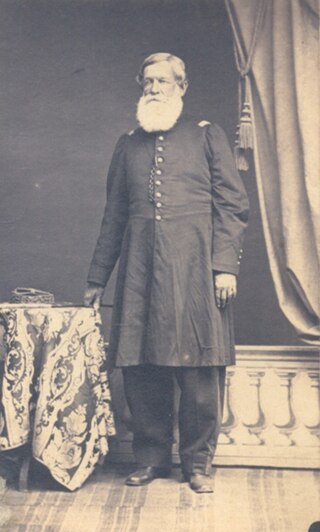
Wenceslao Paunero was an 19th-century Argentine General, politician and diplomat of Uruguayan origin. He was born within the Banda Oriental and would go on to be a major member of the Unitarian Party. He was also the Minister of War and Navy of Argentina and the provisional Governor of Córdoba.

The Humaitá campaign or the Cuadrilátero campaign was the third, longest and deadliest campaign of the Paraguayan War. The campaign lasted from 16 April 1866 to 5 August 1868. After the initial Paraguayan success in the Mato Grosso campaign and its failure in the Corrientes campaign, the armed forces of the Triple Alliance, Argentina, the Empire of Brazil and Uruguay, invaded the south of Paraguay. At a very short distance, they found the Paraguayan defensive device made up of four fortifications, the so-called "Cuadrilátero", which obstructed the passage to Asunción both by land and by the Paraguay River. A long series of battles cost huge numbers of casualties on both sides, with operations coming to a complete halt after the allied defeat at the Battle of Curupayty. Casualties on both sides were even higher from disease than from battle due to a cholera epidemic which was added to the appalling food and sanitary conditions.

Emilio Mitre was an Argentine Lieutenant General who participated in the Paraguayan War. He was the brother of Bartolomé Mitre and participated across the Uruguayan Civil War and the Argentine Civil Wars.

















